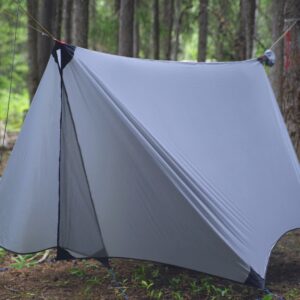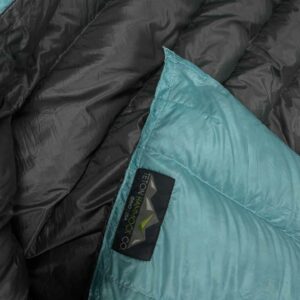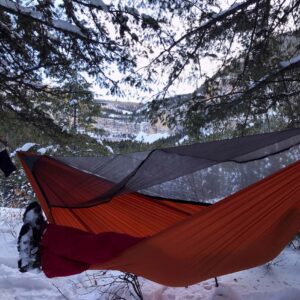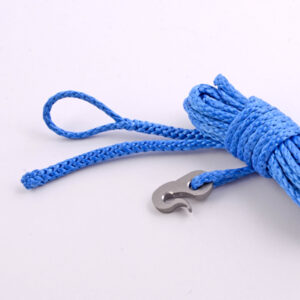Planning for a trip is essential, you need to know where you’re going, how long you’ll be gone, how you’re getting there and back, what problems you may encounter, how much food and water you need, and so on. Logistics to planning a backcountry trip may depend on how long your trip is, how well you know the terrain and how often you’ve visited before. Here’s some steps to start planning the logistics for a backcountry trip;
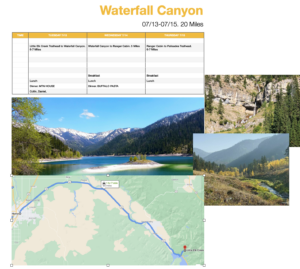
1.Research
Especially if you’re unfamiliar with the trails and terrain of the area you’ll be going. Look up on forums, research online, and ask around to gather as much information as possible. You’ll want to learn how many miles your trip will be, what kind of water sources there are, the amount of elevation gain and what kind of dangers you’ll want to be aware of.
2. Determine the length
From the research you did about the trails, you’ll be able to better calculate how long it will take you to finish your trip. Remember to consider how YOU handle the trail. We once had a friend join us from the East Coast to hike the Teton Crest Trail. We informed them that we would have some pretty long days 10-15 miles. They told us that it wouldn’t be a problem as they hiked 20+ miles all the time back home. The first day we hiked 10 miles, gained over 3000ft of elevation and our friend barely made it.
If you’re a slower hiker, plan for a longer trip. If there’s lots of elevation gain you’re not used to, plan on taking longer. It may be helpful to do some practice overnighters of similar trails to find out how you hike and to get in shape for longer trips.
3. Getting there
Figure out how far the trial is from you. Determine if you’ll drive, if someone else will drop you off and pick you up, if you’ll fly and then drive or whatever else. Figure in travel time for your trip. Maybe you’ll need to leave a day earlier to start on the trail at a decent time of day. Find a place to stay, a campsite, an inn, or maybe hike only a few miles in on the trail to get a head start.
If your trail is in a loop, it’s easy to get back to your car. If the starting and ending points are different, you’ll need to plan for how to get back. Someone may be picking you up, you could take two cars if you’re in a group and one car is at the starting point and the other is at the end point. Another option is hitchhiking, or hiking the road to close the loop to your car.
4. Food
First you’ll want to determine if you want to make your own meals with a dehydrator/freeze dryer or if you’ll want to purchase pre-made meals by mountain house or the like, or if you’ll do a mix of both. DIY meals are cheaper but they take a lot of work and careful attention to preparing your food. Mountain house meals are delicious, easy and expensive.
A good idea to make a food schedule. This way you can see all your meals and plan a little better to overlap ingredients and snacks. You can make the schedule as detailed as you want but the more detail you have, the less likely it’ll be that you’ll forget something.
When making your own meals, you want to make sure you’re eating enough. You can start by using some calculators that are available online to calculate how much food you should plan. You’ll also want to plan them well in advance to prepare them, without having to wait until the last minute to dry or buy all your food.
Here are some resources to help you get started:
https://momgoescamping.com/how-much-food-bring-backpacking-calculator/
5. Gear
Ensure you have all the gear you need before leaving. Make sure you have items in case of emergencies, such as a first aid kit, bear spray, etc. It’s a good idea to make a list of everything you think you need, and as you learn how to live without, cross things off that list.









